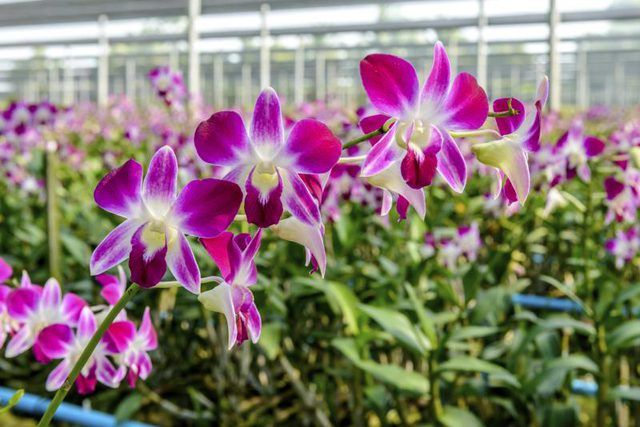Bulbs
Flower Basics
Flower Beds & Specialty Gardens
Flower Garden
Garden Furniture
Garden Gnomes
Garden Seeds
Garden Sheds
Garden Statues
Garden Tools & Supplies
Gardening Basics
Green & Organic
Groundcovers & Vines
Growing Annuals
Growing Basil
Growing Beans
Growing Berries
Growing Blueberries
Growing Cactus
Growing Corn
Growing Cotton
Growing Edibles
Growing Flowers
Growing Garlic
Growing Grapes
Growing Grass
Growing Herbs
Growing Jasmine
Growing Mint
Growing Mushrooms
Orchids
Growing Peanuts
Growing Perennials
Growing Plants
Growing Rosemary
Growing Roses
Growing Strawberries
Growing Sunflowers
Growing Thyme
Growing Tomatoes
Growing Tulips
Growing Vegetables
Herb Basics
Herb Garden
Indoor Growing
Landscaping Basics
Landscaping Patios
Landscaping Plants
Landscaping Shrubs
Landscaping Trees
Landscaping Walks & Pathways
Lawn Basics
Lawn Maintenance
Lawn Mowers
Lawn Ornaments
Lawn Planting
Lawn Tools
Outdoor Growing
Overall Landscape Planning
Pests, Weeds & Problems
Plant Basics
Rock Garden
Rose Garden
Shrubs
Soil
Specialty Gardens
Trees
Vegetable Garden
Yard Maintenance
Growing Orchids From Cuttings
Growing Orchids From Cuttings. Most orchids these days are propagated by methods that would be difficult or impossible for the home gardener, including mericloning or the raising of seedlings in sterile flasks. Fortunately, many orchids also can be reproduced by easier means, including stem cuttings, back-bulb cuttings, top cuttings and keiki...

Most orchids these days are propagated by methods that would be difficult or impossible for the home gardener, including mericloning or the raising of seedlings in sterile flasks. Fortunately, many orchids also can be reproduced by easier means, including stem cuttings, back-bulb cuttings, top cuttings and keiki cuttings. To take cuttings, you'll need either a sharp knife or pruning shears. Disinfect these tools between cuts by dipping their blades in a solution of 1 part bleach to 9 parts water.
Stem Cuttings
For stem cuttings, you need a waterproof tray about 3 inches deep. Fill it either with damp sphagnum moss, damp sand or a mix of both. Then clip a cane that's at least 10 inches long, severing it near the orchidís base and just above a node, which is a leaf joint. Cut the cane into pieces that retain at least two nodes each, and coat the raw ends of the pieces with a powdered antifungal such as charcoal, cinnamon or sulfur.
After laying the pieces horizontally on top of the medium in the tray, press them only lightly into it so that their surfaces remain uncovered. Encase the tray in a transparent plastic bag and place it in a warm location where it will receive bright light but no direct sun.
In about three to four months, some of the cuttings may send up new plantlets from the nodes. This method can work for Dendrobium, Phaius and Epidendrum (all hardy in U.S. Department of Agriculture plant hardiness zones 9 through 12), or Ludisia and Thunia (both hardy in USDA zones 11 through 12) orchids, though the success rate may be low for some species.
Back-Bulb Cuttings
Pseudobulbs are the swollen bases of stems on the types of orchids that grow via horizontal rhizomes. Eventually the leaves drop off the oldest "bulbs." Although a bare-back bulb may appear worthless, it generally has dormant eyes peeking up from around its base. To force these eyes into growth, snip the rhizome connecting the back bulb to the rest of the orchid plant, using sterile pruning shears or a knife. Plant the bulb in a pot of fine orchid bark with its eyes just above the surface. If you position the pot in bright, indirect light, watering it as you would the parent plant, the bulb may begin to sprout and put down roots in a few weeks.
This should work for most orchids that make pseudobulbs, such as Cattleya (USDA zones 10 through 12) and Cymbidium (USDA zones 9 through 11) -- except for Odontoglossum (USDA zones 10 through 12), whose eyes lose viability quickly.
Top Cuttings
For orchids that produce lots of aerial roots on their stems, such as Epidendrum (USDA zones 9 or 10 through 12) and Vanda (USDA zone 12), you can simply remove and replant a cane that has grown too tall. When detaching it, find a node that is surrounded by aerial roots, both above and below. Cut beneath the node, so the cutting is already rooted when removed. Pot it in the same type of medium in which it originally grew, with the node and its accompanying roots beneath the surface. The cutting will need a stake for support until its roots take hold to anchor it in place.
Keiki Cuttings
A keiki -- Hawaiian for "baby" -- is a plantlet that may sometimes form on a stem or near the base of an orchid. Allow it to continue growing on the parent plant until it has roots at least 1 inch long and two or three leaves. Water the parent plant on the day before you plan to remove the keiki. Then cut its stem beneath the roots and plant it in a pot of fine orchid bark, keeping its roots near the surface. Keikis may appear on Epidendrum, Dendrobium, Phalaenopsis (USDA zones 11 through 12) or Vanda orchids and should bloom about 1 1/2 to 3 years after their appearance.